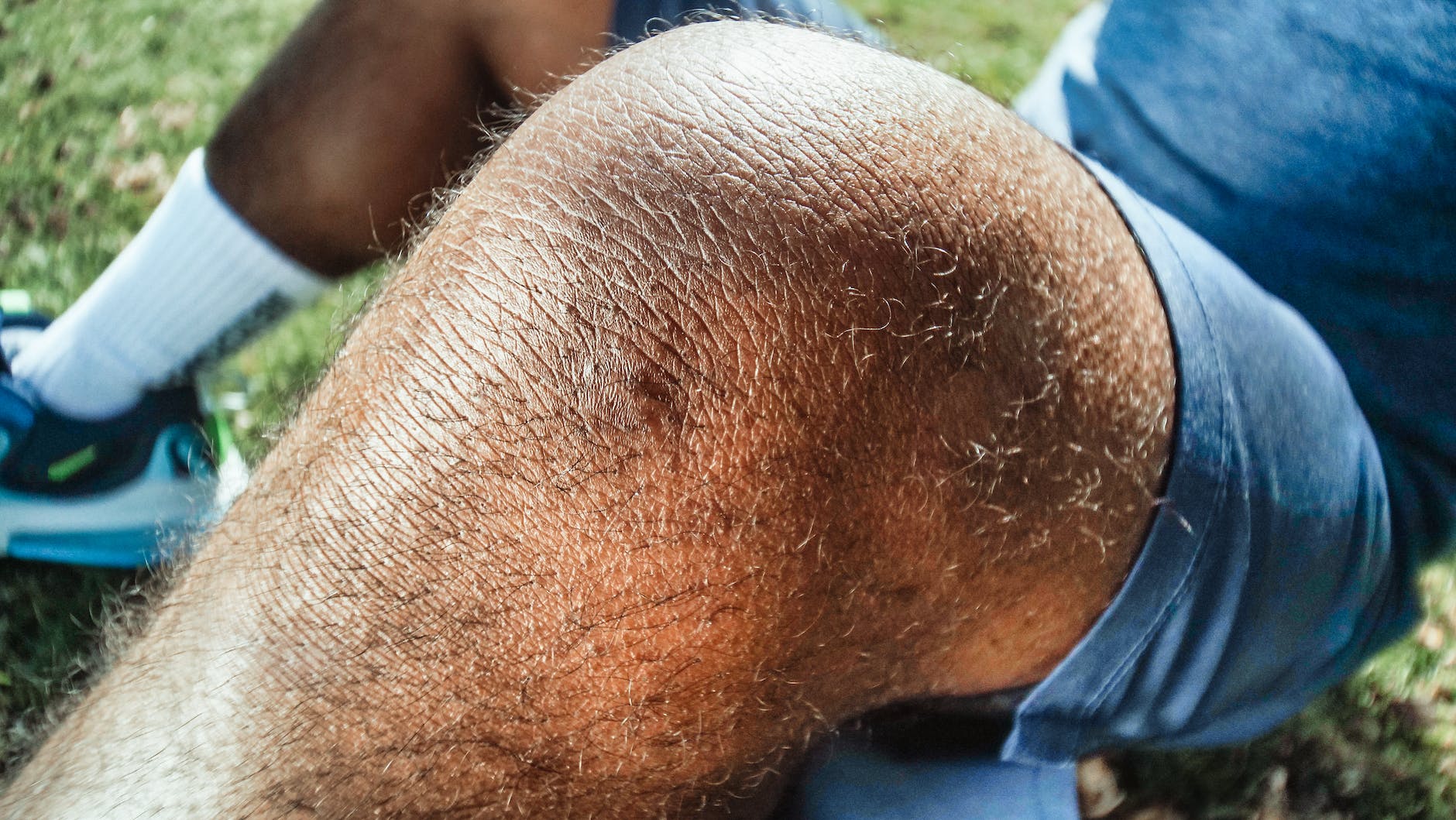Gout is a type of arthritis that affects millions of people worldwide. It is characterized by sudden and severe pain, redness, and swelling in the joints, particularly in the big toe.
This painful condition is caused by the buildup of uric acid crystals in the joints, which can result in an inflammatory response.
Gout attacks can be extremely painful and last for several days, making it difficult to perform even the simplest of tasks. In severe cases, gout can also cause joint damage and loss of mobility.
What are the types of gout or uric acid
The causes of gout can be divided into two main categories: primary and secondary causes.
1. Primary gout and causes
Primary gout is caused by a genetic predisposition to producing too much uric acid or an inability to effectively excrete it from the body.
Over time, the excess uric acid can form crystals in the joints, leading to gout attacks.
2. Secondary gout and causes
Secondary gout is caused by two major condition. Medical conditions or lifestyle factors that increase uric acid levels in the blood. Following are the some causes of secondary gout.
- Diet: consuming high-purine foods and drinks, such as red meat, seafood, and alcohol, can increase uric acid levels in the blood and increase the risk of gout.
- Obesity: being overweight or obese can increase the risk of gout by increasing uric acid production and decreasing the kidneys’ ability to remove it.
- Kidney disease: kidneys play a crucial role in removing excess uric acid from the body, and kidney disease can impair their ability to do so, leading to gout.
What are the Symptoms of uric acid in feet?
Following are the possible symptoms of gout arthritis in feet.
- Severe pain and swelling in the affected joint, often occurring suddenly and without warning.
- Stiffness and difficulty moving the joint.
- Tenderness when the affected joint is touched or pressed.
- Limited range of motion in the affected joint.
- Redness and warmth in the affected area.
What causes high uric acid levels in the body?
Here is the list of foods wich increase uric acid.
- Alcohol, especially beer and spirits.
- Red meat, such as beef, pork, and lamb.
- Seafood, especially shellfish like crab, lobster, and shrimp
- High-fructose corn syrup, found in many sweetened drinks and processed foods.
- Organ meats, such as liver and kidneys.
- Foods high in purines, such as anchovies, herring, mackerel, and sardines.
- Processed and packaged foods with added sugars and refined carbohydrates.
- Foods high in saturated and trans fats, such as fatty cuts of meat, butter, and processed snacks.
List of Vegetables to avoid with gout
There are some vegetables that should be limited or avoided due to their moderate to high purine content. Follow are the list of vegetables to avoid with gout.
- Asparagus
- Spinach
- Peas
- Lentils
- Beans (such as navy, lima, and kidney beans)
- Mushrooms
List of food high in purine
Here is a list of food high in purines:
- Spinach, asparagus, and mushrooms.
- Dried beans and peas, such as lentils, chickpeas, and black-eyed peas.
- Yeast, especially Brewer’s yeast.
- Gravies and broths made from meat.
- Game meats, such as venison and wild boar.
- Seafood, especially shellfish like crab, lobster, scallops, and shrimp.
- Organ meats, such as liver, kidneys, and sweetbreads.
List of food low in purine
Here is the list food items with low purine amounts.
- Dairy products, such as milk, cheese, and yogurt.
- Whole grains, such as bread, pasta, and rice.
- Poultry, such as chicken and turkeyEggs.
- Nuts and seeds, such as almonds and sunflower seeds.
- Beverages, such as water, juice, and tea.
- Most fruits and vegetables, such as apples, bananas, grapes.
Here is the video of gout arthritis
How to manage knees gout pain?
There are several ways to manage knee pain, including
- Physical therapy: Exercises prescribed by a physical therapist can help strengthen the muscles around the knee, improving stability and reducing pain.
- Rest and Ice: Take a break from physical activity and apply an ice pack to the affected area for 15-20 minutes at a time.
- Over-the-counter pain medications: Nonsteroidal anti-inflammatory drugs (NSAIDs), such as ibuprofen, can help relieve pain and reduce swelling.
- Weight management: Excess weight places additional stress on the knee, so losing weight can help alleviate knee pain.
- Assistive devices: Braces, canes, or crutches can help take pressure off the knee and reduce pain.
